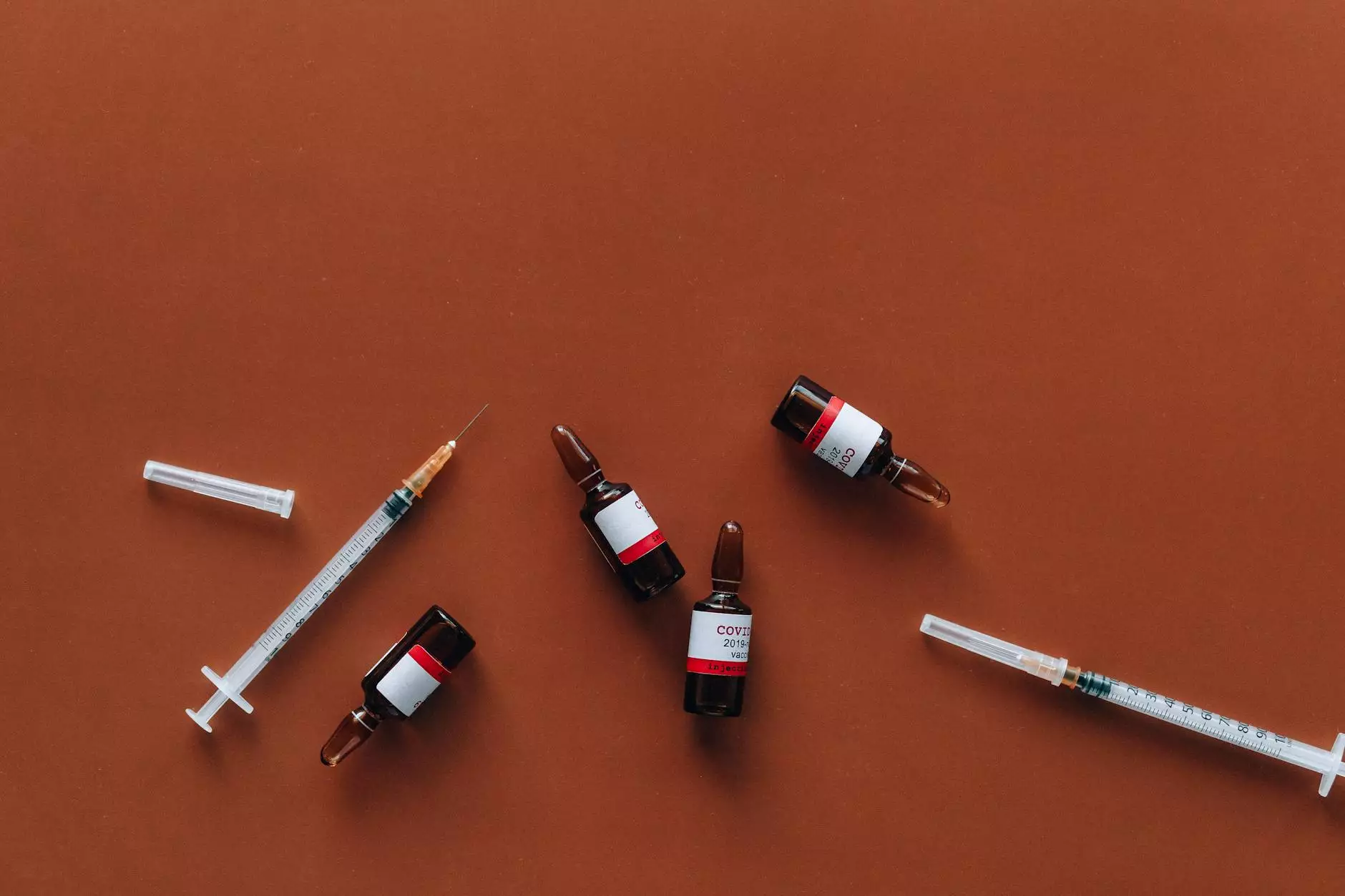What Goes in an Emergency Kit
Health
Introduction
When it comes to emergency situations, being prepared can make all the difference. You never know when a natural disaster, accident, or unforeseen event might occur, so having an emergency kit on hand is crucial. At MUIR DIABLO OCCUPATIONAL MEDICINE, we understand the importance of your health and safety, which is why we have curated a comprehensive guide on what goes in an emergency kit. Read on to discover the essential items you should consider including for any unexpected situation.
Essential Items for Your Emergency Kit
It's important to note that the specific contents of your emergency kit may vary based on individual needs and the region you reside in. However, here are some universally recommended items:
1. Water and Food Supplies
Water is a top priority in any emergency situation. It's essential to store at least one gallon of water per person per day to cover hydration and sanitation needs. Non-perishable food items such as canned goods, energy bars, and dried fruits should also be included to sustain you during an emergency.
2. First Aid Kit
A well-stocked first aid kit can be a lifesaver during emergencies. Include items such as bandages, antiseptic ointments, pain relievers, adhesive tape, scissors, tweezers, and any necessary prescription medications. Be sure to regularly check and replenish your first aid supplies to ensure their effectiveness.
3. Emergency Contact Information
In a crisis, having access to important contact information is crucial. Include both personal and emergency contact numbers, along with copies of identification documents, insurance information, and any pertinent medical records. It's also advisable to have a list of local emergency services and shelters in your area.
4. Safety and Survival Gear
Prepare for unforeseen circumstances by including essential safety and survival gear in your emergency kit. Items such as flashlights, extra batteries, a battery-powered or hand-crank radio, a whistle for signaling, a multipurpose tool, duct tape, and a waterproof tarp can prove invaluable during challenging times.
5. Personal Hygiene and Sanitation Supplies
Maintaining proper hygiene and sanitation is key to preventing illness and staying healthy during emergencies. Pack items like hand sanitizers, wet wipes, soap, menstrual products, trash bags with ties, and basic toiletries. Don't forget to include plastic bags for storing waste and a portable toilet if necessary.
6. Clothing and Bedding
Include a change of clothes and sturdy shoes for each person in your emergency kit. Additionally, pack blankets, sleeping bags, or emergency thermal blankets to keep warm in case of extreme weather conditions. Remember to consider the climate and season when selecting appropriate clothing items.
7. Important Documents and Cash
Keep copies of essential documents, including birth certificates, passports, insurance policies, and property deeds, in a waterproof bag or container. It's also wise to have some cash on hand as ATMs may not be accessible during emergencies. Having small denominations and coins is ideal for any necessary transactions.
8. Entertainment and Comfort Items
During an emergency, it's essential to keep spirits high and maintain morale. Include items such as playing cards, books, board games, puzzles, or any other entertainment options suitable to your preferences. Comfort items like a favorite stuffed animal, special photos, or comforting snacks can provide solace during challenging times.
Conclusion
Preparing an emergency kit is a crucial step in ensuring your health and safety during unexpected events. The items mentioned in this guide serve as a starting point for building your kit, but it's important to customize it based on your specific needs. At MUIR DIABLO OCCUPATIONAL MEDICINE, we prioritize your well-being, and we encourage you to take proactive measures to stay prepared. Remember to regularly check and update your emergency kit to ensure all items are in good condition. Stay safe, stay prepared!




